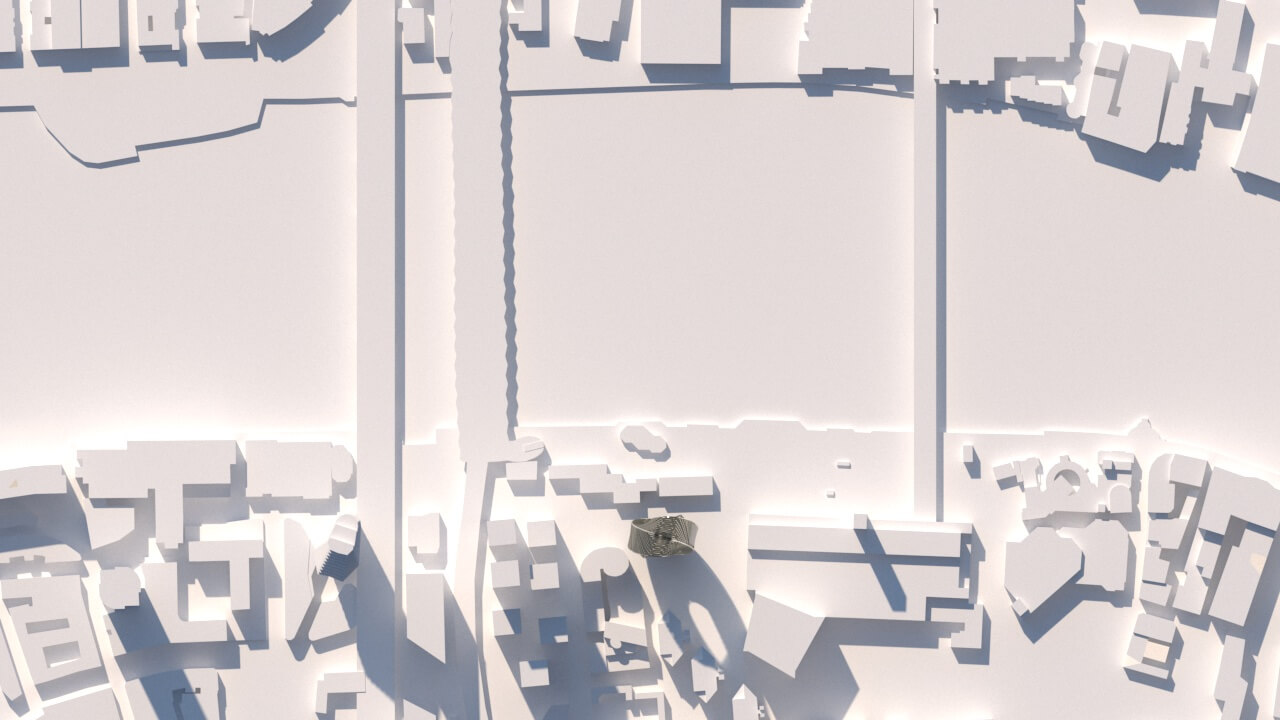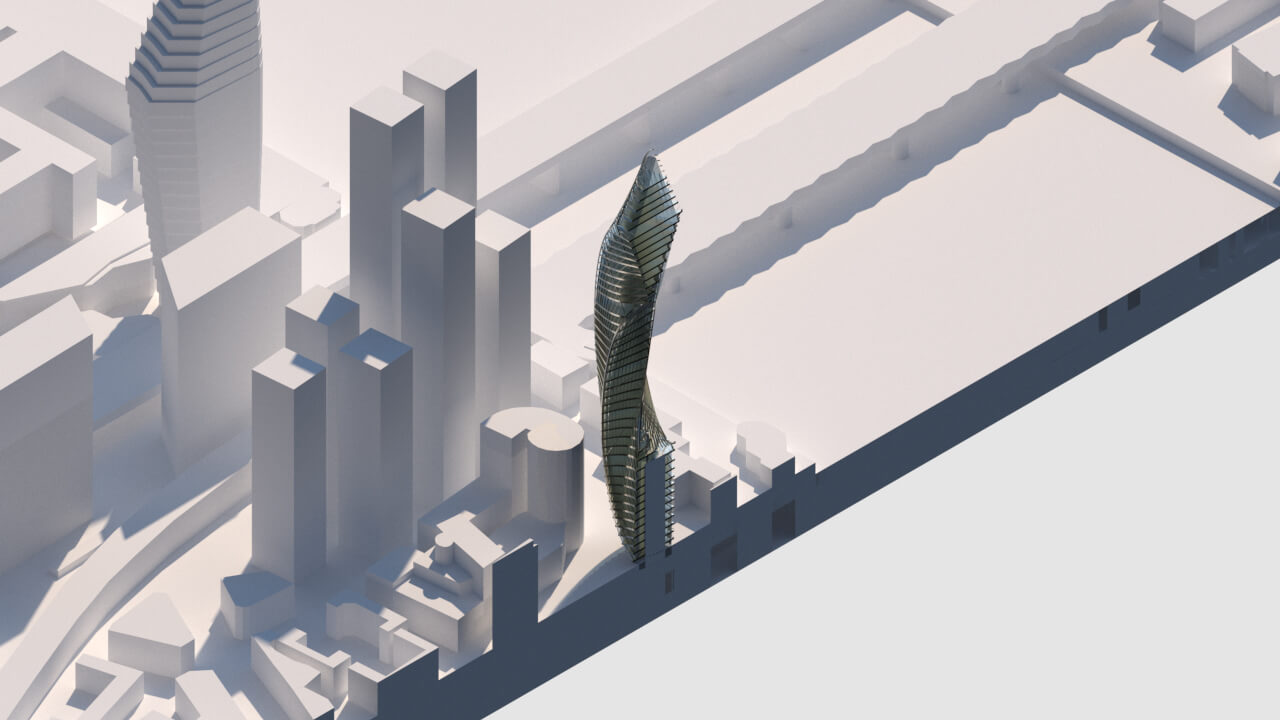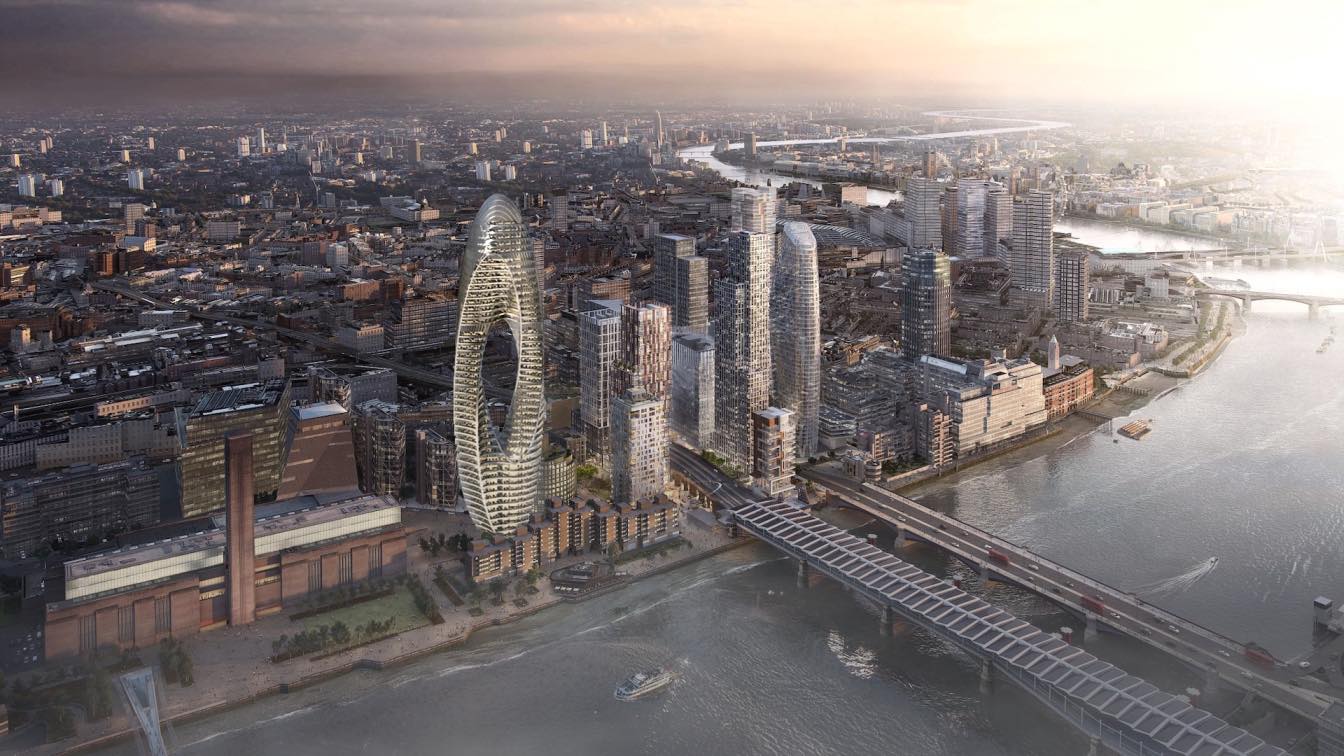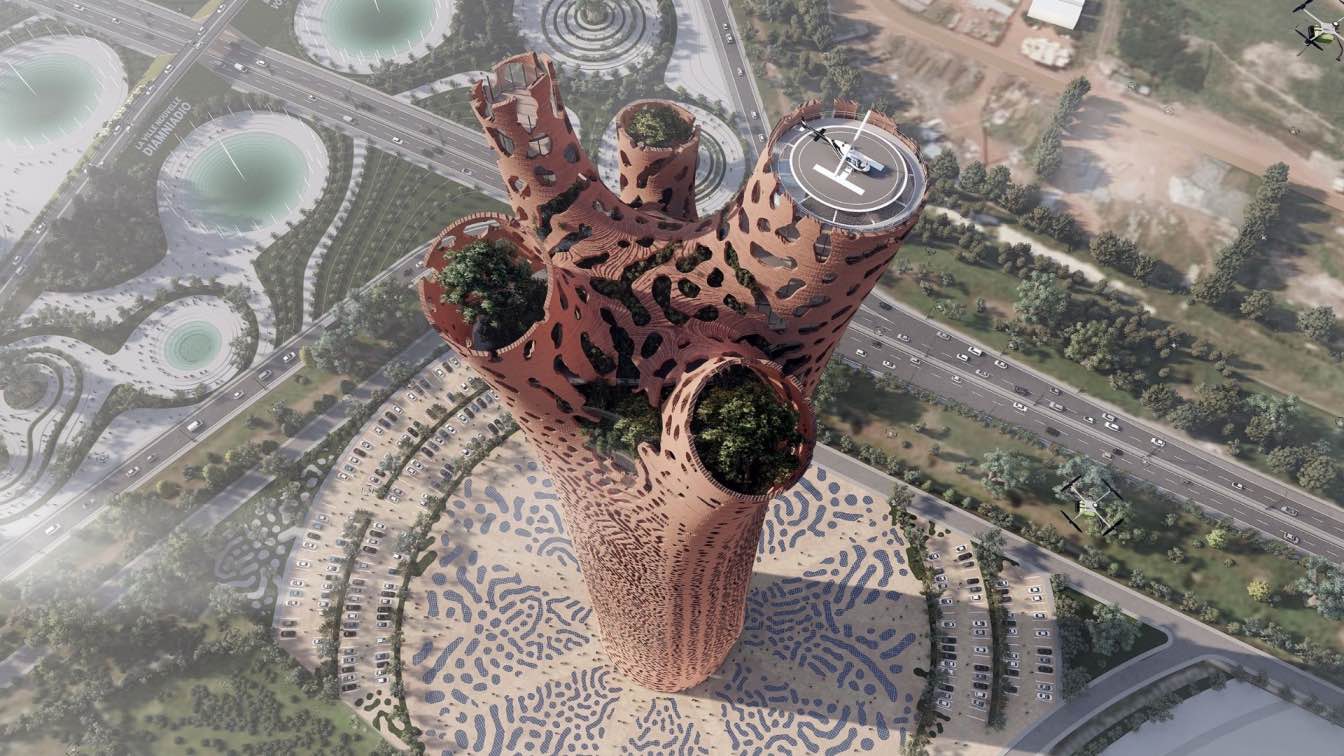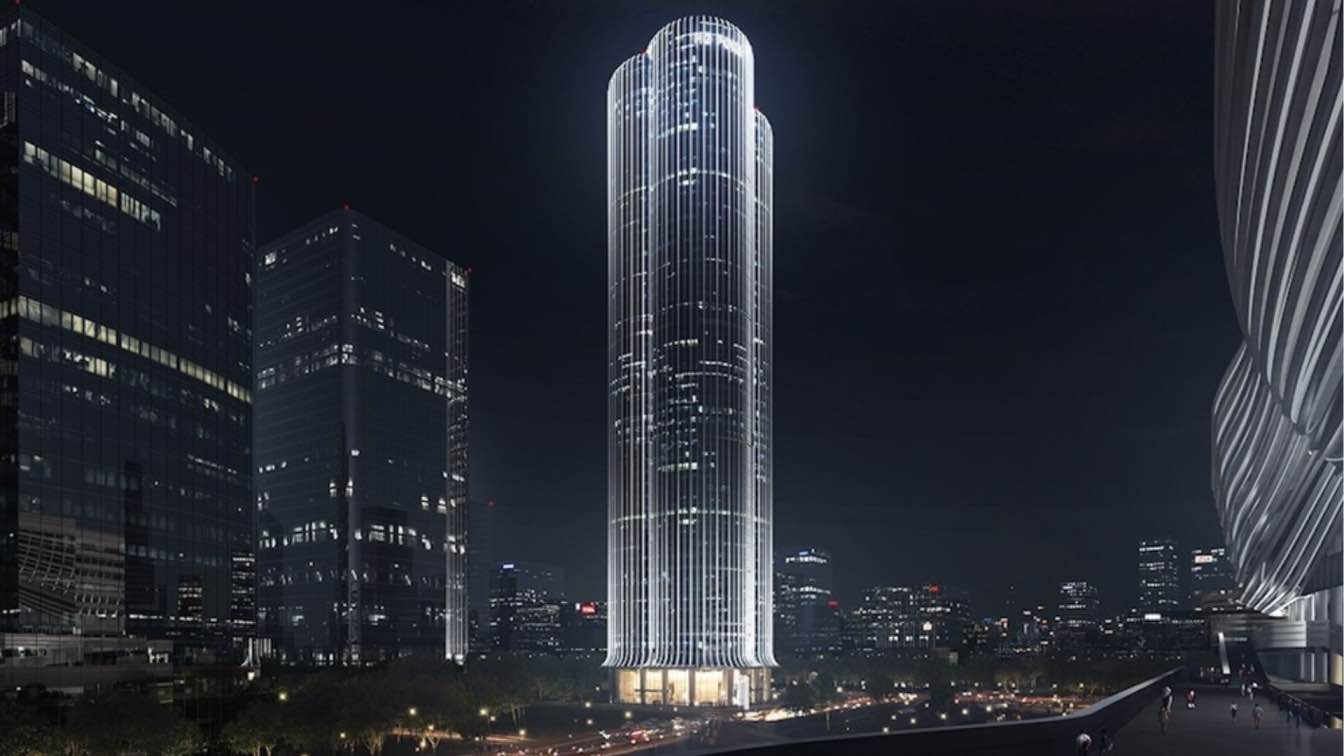It's covered in more than 8,000 plants and 58 floors of solar energy. Blackfriars Bridge area quite literally lives in the shadow of London’s soaring skyline, but that could all change. 22 years old, Architectural Designer, Elija Halil has just unveiled a proposal for a tower by the One Blackfriars building that would act As a “Carbon Sponge” structure, it would be capable of trapping a huge volume of emissions to combat the greenhouse effect and help achieve carbon neutrality by 2050.
Surprisingly, height and alien look isn’t the tower’s most impressive feature. The design is named Mobius-E after the Mobius Strip. Which is also known as a mathematical theory that fulfils the idea of the double paradox of having a single-sided strip with only one edge. This is a two-dimensional object that lives in our three-dimensional world. Not to mention, its simplest form can be achieved by using a long strip of paper but, structurally constructing one is within reach of our mathematical research.
The theory of Mobius Strip is named after August Mobius. He was a mathematician and astronomer of the 19th century. He is best known for his discovery of the famous Möbius strip, a non-orientable two-dimensional surface with only one side when embedded in three-dimensional Euclidean space. Such applications go far beyond what August Möbius imagined when he scientifically described this “impossible object” in 1858, although it should be acknowledged that this mathematician and theoretical astronomer was not the first to do so. Another German mathematician, Johann Benedict Listing, had come up with the same idea independently just a few months earlier. Neither of them invented the single-sided strip: the concept is at least 1,600 years older because a structure similar to the Möbius strip can be seen in Roman mosaics dating back to the third century.

Although a Möbius strip has a range of interesting mathematical properties, its technical relevance to time travel is tenuous, beyond some high-level attempts to explain many paradoxes. A Mobius strip is a two-dimensional surface and It has length and width but no thickness. Every object in three-dimensional space has length, width, and thickness; like all surfaces, a Mobius strip is not an object. The concept of a one- sided object inspired artists like Dutch graphic designer M.C. Escher, whose woodcut “Möbius Strip II” shows red ants crawling one after another along a Möbius strip. The ants crawl along both sides of the Mobius strip, which creates an infinite surface because of the way it twists on itself. It is often associated with the concept of infinity and also with unity and time as there is no "inside" or "outside" or "left" or "right" edge, even though it still looks like there must be.
While the idea of Mobius strip architecture has been tackled before by Vincent Callebaut’s “Swallow’s Nest,” a proposed arts and literature centre for the Taiwanese city of Taichung. Composed of a series of isosceles triangles gradually rotated around an ellipse, the building creates a dramatic division between interior and exterior while allowing the integration of public space into the centre of the building through “the Infinite Patio.” The twisting of the structure also allows for three large vaulted spaces for the display of art objects, perhaps no scheme has been so ambitious as Elija Halil’s Mobius-E Tower.

The Alien design features steel and wood construction materials, along with 7,300 shrubberies, and 1,000 medium-scale trees all around the Mobius Tower. The structure is also fitted with 58 floors of solar panels on each floor level to produce clean energy from the sun. The Cypriot architectural designer, Elija Halil envisions the residential skyscraper sitting between the One Blackfriars Building and the famous Tate Modern. If built, the lofty 58-story structure would measure 180 meters. While Mobius-E is just a concept at this stage, the building would certainly help the City of London to meet the act of reducing greenhouse gas emissions by 30 percent by 2030.
‘’My Vision behind the design is to solve the air pollution issue in London. I am a believer that sustainable architecture integrated into nature will balance all living and life on earth. We are replacing nature with our desires instead of combining our desires with nature. Greeneries can live without us but we humans can't live without them and It's scary that some of us are too blinded to see that.
When you think about it, people think that you need to have the best of the best resources to create and invent but little do we know that all we need is our mind and a strong vision. Few Sparkles of thoughts here and there, a desire to know everything, and a burning ambition will lead you to your destination’’.




